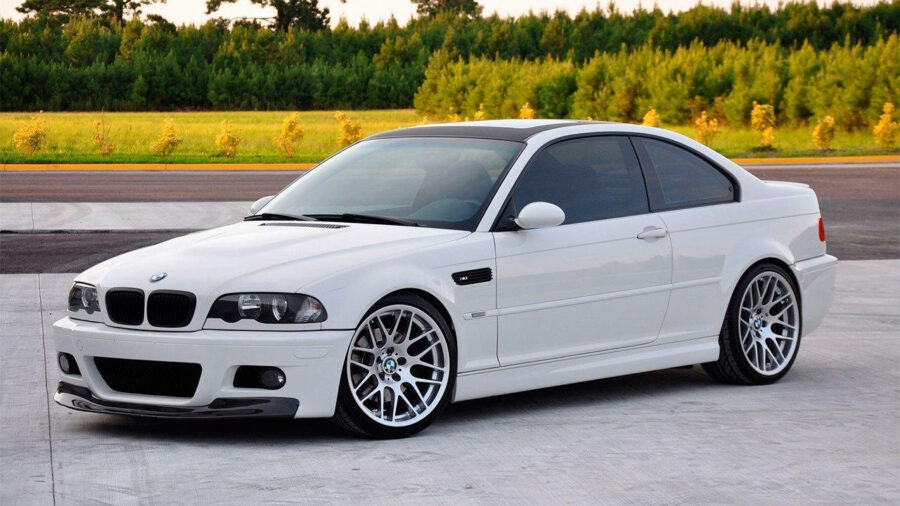Importance of Wheel Nut Torque
- The BMW E46 is a legendary car model that has captured the hearts of automotive enthusiasts worldwide. With its sleek design, powerful performance, and luxurious features, it has become an icon in the automotive industry.
- Introduced in 1998, the BMW E46 was the fourth generation of the BMW 3 Series. It was available in various body styles, including sedan, coupe, convertible, and wagon, offering a wide range of options for car enthusiasts.
- Now, let’s delve into an important aspect of maintaining this remarkable vehicle – the wheel nut size and torque specifications.
Why Wheel Nut Torque Matters
Ensuring the correct wheel nut torque is crucial for several reasons:
- Safety: Properly torqued wheel nuts help maintain the integrity of the wheel assembly, preventing wheel detachment and potential accidents on the road.
- Preventing Damage: Over-tightening or under-tightening the wheel nuts can lead to damage to the wheel studs, threads, or even the wheel itself. This can result in costly repairs and compromised performance.
- Optimal Performance: The correct torque specification ensures that the wheels are securely fastened, minimizing vibrations and maintaining proper alignment. This contributes to a smooth and comfortable driving experience.
It is essential to follow the manufacturer’s recommended torque specifications for your BMW E46 to ensure the safety and longevity of your vehicle.
With a solid understanding of the significance of wheel nut torque, let’s explore the specific lug nut size and torque specifications for the BMW E46 in the following sections.
Lug Nut Sizes for Different Trims and Generations
BMW E46 Lug Nut Size
When it comes to the lug nut size for the BMW E46, it’s important to note that it can vary depending on the specific trim and engine configuration. Here is a breakdown of the lug nut sizes for different trims and generations:
| Generation | Trim | Lug Nut Size |
|---|---|---|
| First Generation (1998-2005) | 323i, 325i, 328i, 330i | 12mm x 1.5 |
| 325xi, 330xi | 14mm x 1.5 | |
| M3 | 12mm x 1.5 | |
| Second Generation (2005-2006) | 325i, 330i | 12mm x 1.5 |
| M3 | 12mm x 1.5 |
Lug Nut Torque Specifications for Different Generations
Proper lug nut torque is crucial to ensure the safety and performance of your BMW E46. Here are the recommended torque specifications for different generations:
| Generation | Torque Specification (ft/lbs) | Torque Specification (Nm) |
|---|---|---|
| First Generation (1998-2005) | 88-92 ft/lbs | 120-125 Nm |
| Second Generation (2005-2006) | 88-92 ft/lbs | 120-125 Nm |
It’s important to note that these torque specifications are general guidelines, and it’s always recommended to consult your vehicle’s owner’s manual or a trusted BMW technician for the specific torque values for your particular model and trim.
By ensuring that you use the correct lug nut size and torque specifications, you can maintain the safety, performance, and longevity of your BMW E46.
Wheel Nut Torque Chart for Different Trim Levels and Years
Here is a detailed breakdown of the wheel nut torque specifications for the front and rear wheels of various BMW E46 trim levels and years:
Front Wheel Torque Specifications
| Generation | Trim | Front Wheel Torque (ft/lbs) | Front Wheel Torque (Nm) |
|---|---|---|---|
| First Generation (1998-2005) | 323i, 325i, 328i, 330i | 88-92 ft/lbs | 120-125 Nm |
| 325xi, 330xi | 88-92 ft/lbs | 120-125 Nm | |
| M3 | 88-92 ft/lbs | 120-125 Nm | |
| Second Generation (2005-2006) | 325i, 330i | 88-92 ft/lbs | 120-125 Nm |
| M3 | 88-92 ft/lbs | 120-125 Nm |
Rear Wheel Torque Specifications
| Generation | Trim | Rear Wheel Torque (ft/lbs) | Rear Wheel Torque (Nm) |
|---|---|---|---|
| First Generation (1998-2005) | 323i, 325i, 328i, 330i | 88-92 ft/lbs | 120-125 Nm |
| 325xi, 330xi | 88-92 ft/lbs | 120-125 Nm | |
| M3 | 88-92 ft/lbs | 120-125 Nm | |
| Second Generation (2005-2006) | 325i, 330i | 88-92 ft/lbs | 120-125 Nm |
| M3 | 88-92 ft/lbs | 120-125 Nm |
Practical Recommendations for Wheel Nut Torque
1. Use a Torque Wrench
To ensure accurate and consistent torque application, always use a torque wrench when tightening the wheel nuts. This will help prevent over-tightening or under-tightening, which can lead to potential issues.
2. Follow Manufacturer’s Specifications
Refer to the manufacturer’s specifications for the recommended torque values for your specific BMW E46 trim and year. These values are designed to ensure optimal safety and performance.
3. Check Torque Regularly
Periodically check the wheel nut torque to ensure it remains within the recommended range. Factors such as temperature changes and driving conditions can affect the torque, so it’s important to monitor and adjust as necessary.
4. Seek Professional Assistance
If you are unsure about the correct torque values or lack the necessary tools, it’s best to seek assistance from a professional mechanic or BMW technician. They have the expertise and equipment to ensure the proper torque is applied.
5. Avoid Impact Tools
Avoid using impact tools, such as impact wrenches, when tightening wheel nuts. These tools can easily over-torque the nuts, leading to potential damage or unsafe conditions. Stick to using a torque wrench for precise torque application.
By following these practical recommendations, you can maintain the safety, reliability, and longevity of your BMW E46’s wheel assembly. Remember, proper wheel nut torque is essential for a smooth and secure driving experience.

